Cars
Follies of the Madmen #318
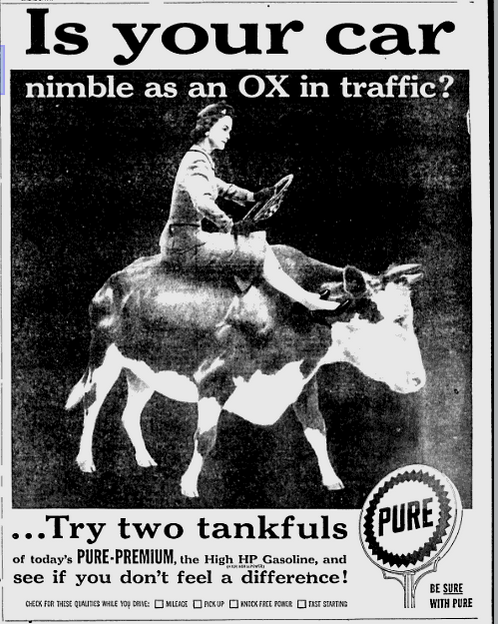
I don't get it. Is "nimble as an ox" good or bad, the before or after status of fueling up with their gas?
Original ad here.
Posted By: Paul - Tue Jun 20, 2017 -
Comments (4)
Category: Animals, Business, Advertising, Products, 1950s, Cars
Anti-Safety Device
It's a combo seat-buckle alarm stopper and bottler opener. So that you can crack open a cold one when you get in the car, and then drive seat-belt free. You can find tons of them for sale on eBay, where they go for as little as 74 cents each.They should give these away as a freebie when you buy a cellphone to make it a trifecta of unsafe driving.

Posted By: Alex - Tue May 30, 2017 -
Comments (4)
Category: Motor Vehicles, Cars
The Drivometer
A device for simulating driving, and measuring the skill of drivers, which was developed at Iowa State's Driving Research Laboratory in the 1930s.
A description of what it felt like to operate the thing. It sounds like it would have made a good arcade game. From The Dalles Chronicle - Aug 21, 1936:
Update: I think the top picture shows the 2nd version of the Driveometer, developed in the 1950s. The original version, from the 1930s, is below.

Wausau Daily Herald - Oct 26, 1937
Posted By: Alex - Tue May 09, 2017 -
Comments (4)
Category: Motor Vehicles, Cars, Science, 1930s
The Singer Gazelle
Wikipedia page here.
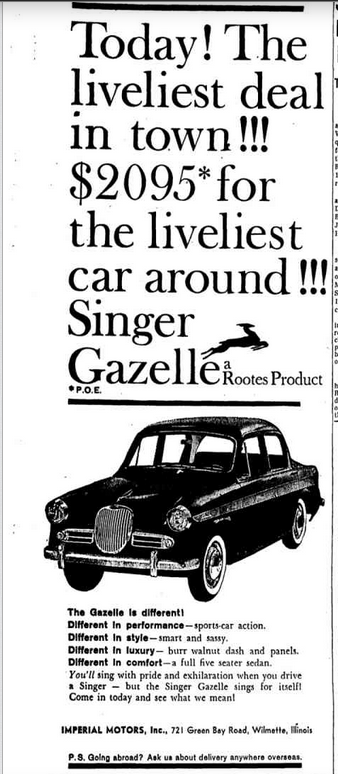
Original ad here.
Posted By: Paul - Tue Apr 11, 2017 -
Comments (0)
Category: 1950s, Cars
Volkswagen Beetle Limousine
So maybe you don't want to turn your Beetle into a lawnmower...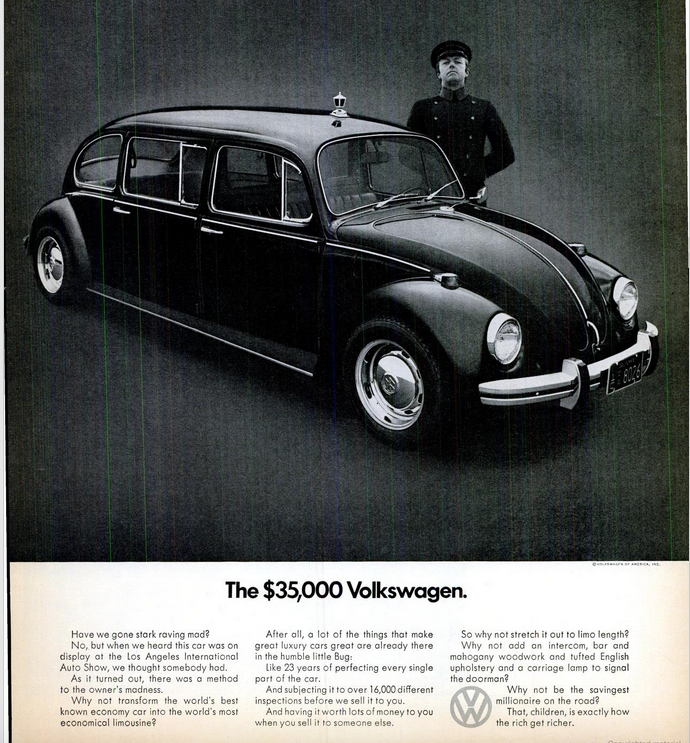
Original ad here.
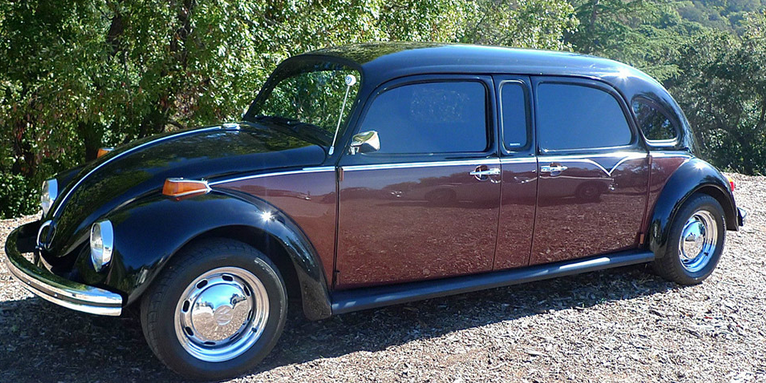
Article here.
Posted By: Paul - Wed Apr 05, 2017 -
Comments (3)
Category: Excess, Overkill, Hyperbole and Too Much Is Not Enough, 1970s, Cars
The Glidden Tours
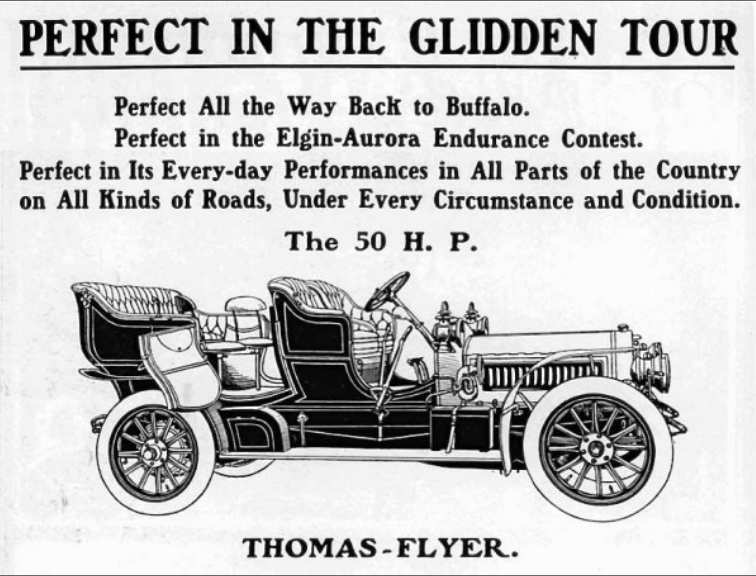
At the start of the Automotive Age, merely driving from, say, Detroit to Kansas City was a challenge and endurance test. Thus the AAA-sponsored Glidden Tours.
Here is a good write-up of the 1909 one.
Posted By: Paul - Sat Mar 25, 2017 -
Comments (4)
Category: Contests, Races and Other Competitions, Twentieth Century, Cars
Star Wars Celica GT
Back in 1977, as a stunt to help promote the opening of Star Wars, Toyota created a custom Star Wars Celica GT. Then they raffled off the car. Somebody won it, but nobody knows who. The fate of this car has become something of an obsession among fans of the movie. Was it destroyed? Is it still sitting in a garage somewhere? The mystery endures...More info: SpeedHero, jalopnik



Santa Ana Register - Oct 8, 1977
Posted By: Alex - Thu Mar 23, 2017 -
Comments (2)
Category: Motor Vehicles, Cars, Movies, 1970s
Follies of the Madmen #308
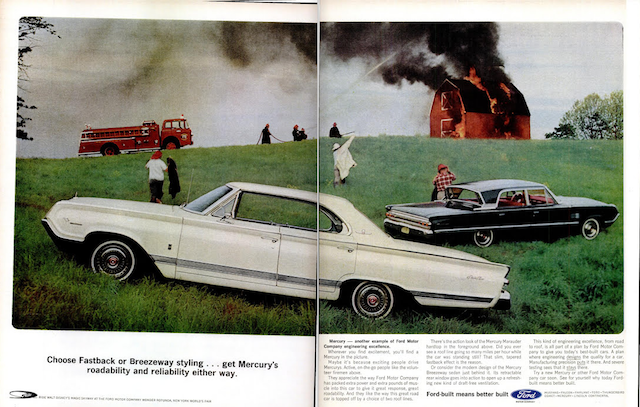
Yes, I want my product associated with the destruction of property and possible loss of life. That's a glamorous ambiance!
Original ad here.
Posted By: Paul - Thu Mar 23, 2017 -
Comments (6)
Category: Business, Advertising, 1960s, Cars
Brake Reaction Time
In the mid 1930s, Dr. Harry DeSilva of the Massachusetts State College at Amherst created a brake reaction test to measure how quickly drivers can step on the brake in response to a red light. He took it around the country and tested thousands of people.People in their mid 20s generally had the quickest reaction times, and then times declined with age, which wasn't a surprise. Slightly more surprising was that short people generally had faster responses than tall people. From Time magazine (Aug 1935):

Time - Aug 26, 1935

Democrat and Chronicle - Mar 15, 1936
Posted By: Alex - Fri Mar 17, 2017 -
Comments (4)
Category: Motor Vehicles, Cars, Psychology, 1930s
Have you installed a thermidor in your automobile?
In 1975, the Federal Energy Administration (FEA) conducted a telephone survey about energy conservation and included the question, "Have you installed a thermidor in your automobile?"Five percent of the people who took the survey stated that they had. Therefore, the FEA concluded that 5 percent of the survey takers were lying in their responses, because Thermidor is a month in the French revolutionary calendar.
Though, to be fair, Thermidor does sound like it could be some kind of heating device.
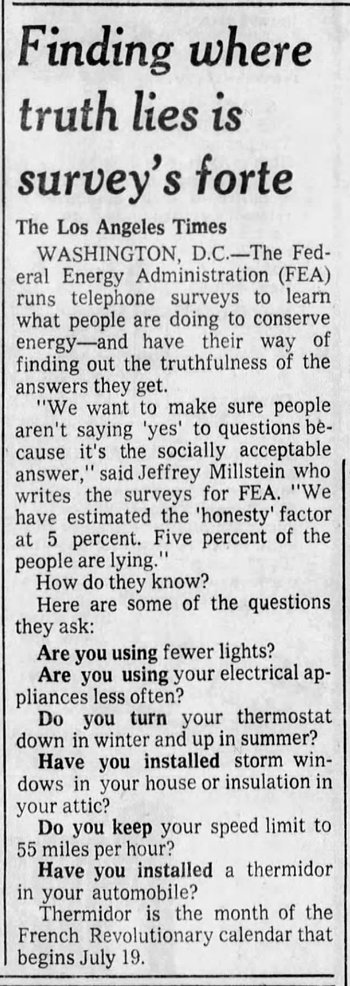
The Minneapolis Star - Sep 11, 1975
Posted By: Alex - Fri Feb 03, 2017 -
Comments (6)
Category: 1970s, Cars

| Who We Are |
|---|
| Alex Boese Alex is the creator and curator of the Museum of Hoaxes. He's also the author of various weird, non-fiction, science-themed books such as Elephants on Acid and Psychedelic Apes. Paul Di Filippo Paul has been paid to put weird ideas into fictional form for over thirty years, in his career as a noted science fiction writer. He has recently begun blogging on many curious topics with three fellow writers at The Inferior 4+1. Contact Us |




